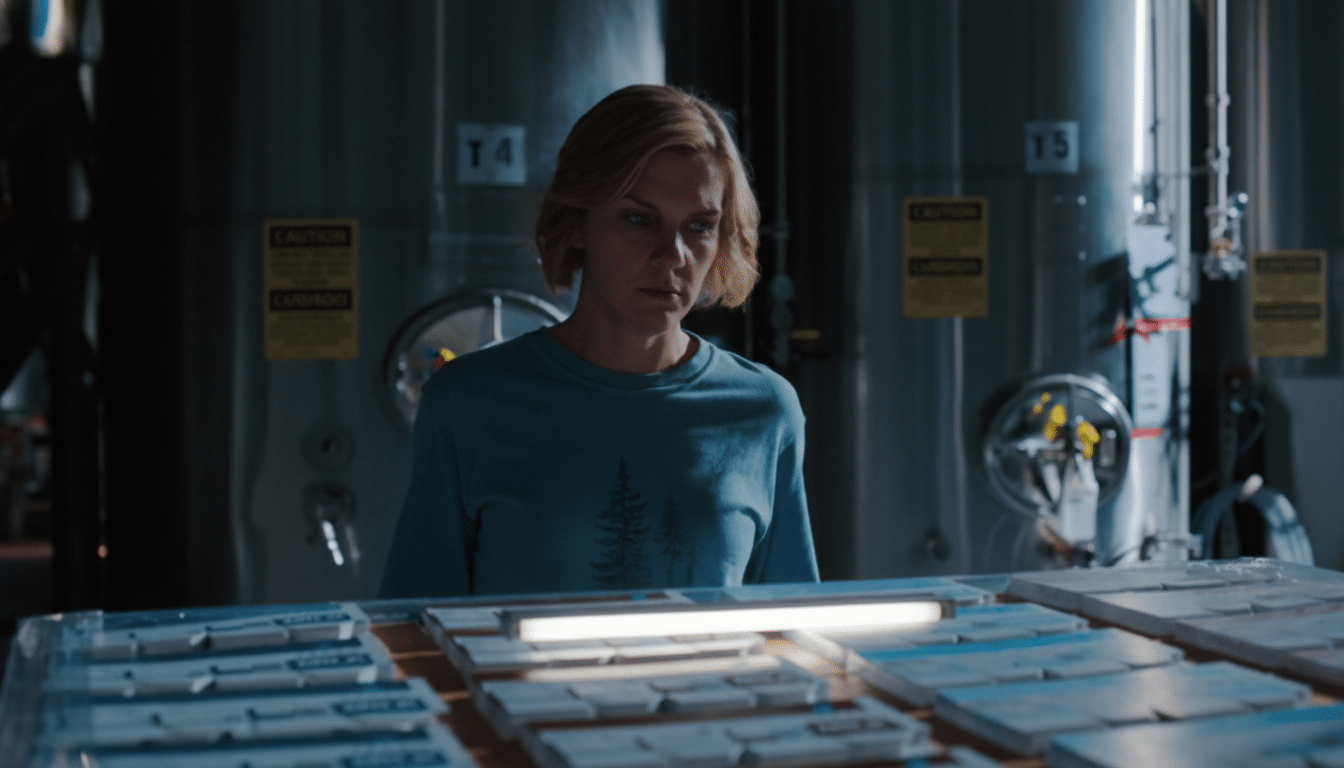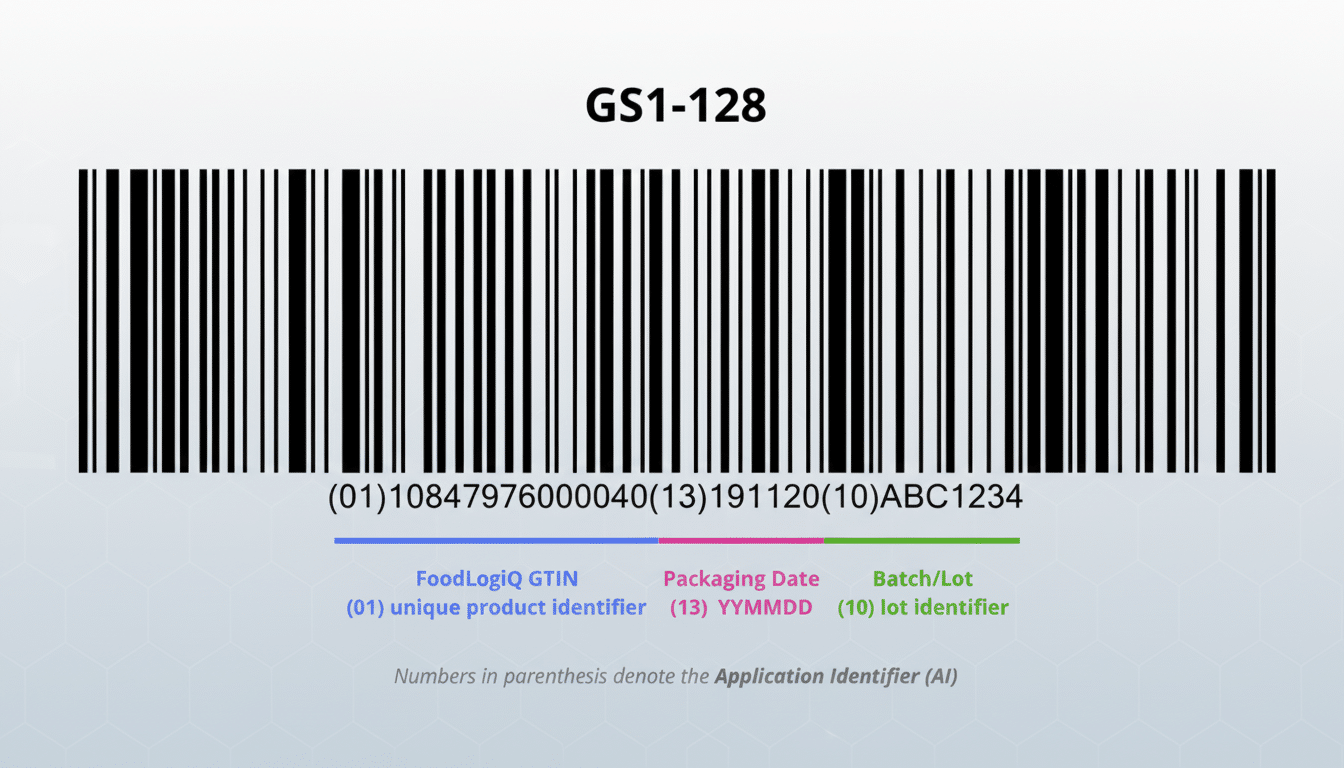In Episode 5, Pluribus makes a day-to-day staple into the show’s creepiest mystery. But the plot of “Got Milk,” which follows Carol (Rhea Seehorn) as she traces a bizarrely uniform, odorous “milk” that circulates among an overtightened supply chain that appears to feed — and possibly bond — the hive-minded Others, barely matters.
What starts as an oddity in the recycling bins around town becomes a full-blown conspiracy trail, from cartons to a local dairy to a shadowy agro facility. The decision to use milk isn’t a coincidental one; it serves as both world-building and threat assessment, a visual and scientific cue.

Milk Moves From Prop to Plot in Pluribus Episode 5
Carol’s being cut off pays off when she notices a sameness to trash: cartons and more cartons, not much else. That uniformity screams logistics. A single feedstock betokens the Others’ penchant for control — one formula, one flavor, one behavior. Variation in a hive is friction; a centralized diet is compliance by default.
It’s also a surveillance gift. If each carton is the same, then every barcode can be followed. Today’s supply chains run on GS1 standards that trace the path of products from plant to pallet; in Pluribus, that same traceability gets turned into a map the Others might wish we never read — and one Carol can now read.
Inside the Not-Milk: What Carol Finds at the Dairy
At Duke City Dairy, the finding is clinical: The liquid isn’t dairy at all but water mixed with a white powder. It has a weighted, oily glide when you pour it, emanates a straw color and clocks in approximately at neutral on the pH scale. That profile doesn’t describe cow’s milk, which runs just a touch acidic (about pH 6.5–6.7) and more opaque due to casein micelles.
What does match is a reconstituted, engineered feed — nearer to medical nutrition than a latte. The World Health Organization’s therapeutic milks for severe acute malnutrition, F-75 and F-100, reconstitute powdered mixtures to provide 75–100 kcal per 100 mL with a balance of protein, fat, and electrolytes. The Others’ “milk” may be a cousin to that idea: shelf-stable, readily mixed and metabolism efficient. A neutral pH and a thin, even emulsion suggest a product made for functionality more than enjoyment.
That is to say, this isn’t comfort. It’s control — a recipe to keep a network running smoothly, hour after hour, with little disruption.
What the Formula Tells Us About the Hive
One central nutrient stream means two strategic truths. First, the hive favors predictability: you should get the same output given the same inputs, both cognitively and physiologically. The hive is also subject to a choke point. One dairy, one processor, one powder plant — that’s a logistics dream until it becomes a target. If Carol can follow barcodes, she can find valves to twist and levers to yank.

There’s psychology here, too. Uniform diets flatten individuality. In carceral settings and in military rationing, monotony is not an accident; it is a technology. If the Others are trying to eliminate human difference in their network, homogenized formula is the nutritional equivalent of white noise.
The Question of the Source, and Its Horror Explained
Carol’s barcode trail culminates at Agri-Jet, where plastic-wrapped “inputs” provoke a visceral response. The series ladles out the reveal quite pointedly, asking viewers to second-guess what could drive a global feedstock so very clandestine. One morbid theory gains traction quickly, that industrial processing of human remains from mass-casualty events related to the Joining. The Others’ no-kill policy wouldn’t necessarily prevent them from using that which was already dead — a loophole with nightmarish practical efficiency.
But so, too, are nonhuman sources: insect protein flour (already scaling in real-world feed markets), algal biomass raised from such tiny seeds and bred at the vast scale of photobioreactors, or casein analogs brewed up through precision fermentation. Food-grade powders are typically produced in spray dryers that maintain stringent regulatory standards, and the resulting products pack a lot of energy while reconstituting rapidly — a process well documented by places like the F.D.A. and European Food Safety Authority. Pluribus does not let out a missile of ambiguity, which is exactly why the scene lands so gut-wrenchingly.
Why Milk Images Hit So Hard on Screen and in the Story
For a long time, the milk-on-film device has been that of dissonant signal, innocence poisoned, nurture weaponized. From A Clockwork Orange to contemporary antiheroes who cradle cartons with childlike menace, the white liquid transforms into a Rorschach test of power and dependence. Scholars of film have observed how props such as milk collapse contrary ideas into one and the same frame: purity into predation, childhood into domination. Pluribus pushes that dialectic even further, transforming milk from a character tic to the circulation system of an invading notion.
What to Watch Next as Pluribus Tracks the Milk Plot
Watch the trucks, not the speeches. Distribution hubs, tanker schedules, barcode glitches — these are the show’s pressure points. If Carol goes after the supply, she’s not just starving bodies; she could very well starve the hive of its coherence. Look for scenes that delve into the formula’s impact on cognition: alterations of dosage, withdrawal symptoms, and substitutes.
There’s a moral trapdoor there, as well. If you disrupt the “milk,” that would hurt human babies who hadn’t joined yet but were living off the same pipeline. Pluribus is framing a tension here: Breaking the system could save autonomy but take innocent lives. That’s not just clever plotting; it’s a shrewd observation of how contemporary power operates on logistics — and of how when rebellion finally does come, it takes the form less of a sword than of a wrench.
For now, the carton is the tell. But in a world of psychic noise, Carol has found the one thing that the hive is too heavy and noisy to hide: its appetite.

